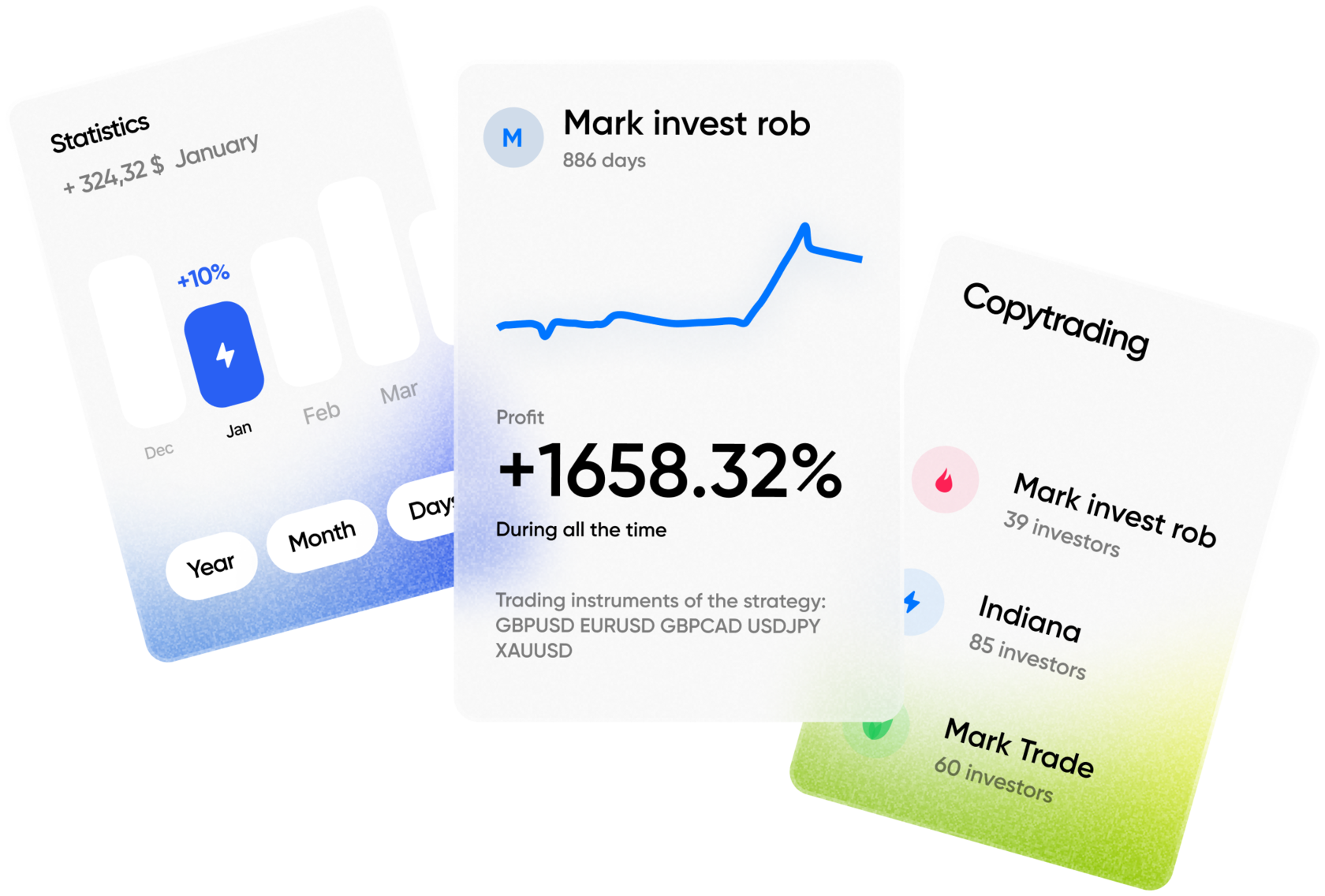On Thursday, April 17, 2025, global stock markets closed with mixed results. Major U.S. indices showed early gains but ended the session mostly in the red, while European markets declined across the board following a widely anticipated interest rate cut by the European Central Bank (ECB). Investors remained cautious amid ongoing uncertainty surrounding global trade policy and signs of slowing economic momentum.
U.S. Unemployment Claims Fall to 2-Month Low, Signaling Labor Market Stability
Fresh labor market data released by the U.S. Department of Labor provided a measure of encouragement for American investors. The number of initial jobless claims — a key indicator of layoffs and unemployment trends — fell to its lowest level in two months, suggesting ongoing resilience in the U.S. job market.
According to Reuters, the figures indicate that despite concerns over trade tariffs and economic uncertainty, employers are largely maintaining current staffing levels. However, many businesses appear to be taking a more cautious approach to hiring amid fears of rising costs due to import restrictions and global supply chain instability. This dynamic highlights the complex balance between job stability and corporate hesitance to expand payrolls in an unpredictable policy environment.
U.S. Housing Market Struggles Under Tariff Pressure
While the labor market appears stable for now, the U.S. housing sector continues to show signs of weakness. New government data released Thursday revealed that construction of new single-family homes fell to its lowest level in eight months, raising concerns about consumer confidence and investment in residential real estate.
Economists point out that the decline supports the growing consensus that U.S. economic growth stalled in the first quarter of 2025. Rising construction costs, driven in part by tariffs on imported building materials, have discouraged new housing starts. In addition, higher mortgage rates and affordability issues continue to weigh on demand.
The slowdown in homebuilding is considered a red flag, as the housing market typically serves as a leading indicator for broader economic health. If the trend continues, it could signal further weakness in consumption and household investment going into the second quarter.
Wall Street Turns Lower After Early Gains
U.S. stock markets started the day on a positive note, buoyed by the improved jobless claims report and optimism surrounding corporate earnings releases. However, as the trading session progressed, major indices reversed course. The Dow Jones Industrial Average, the S&P 500, and the Nasdaq Composite all closed mostly lower, reflecting persistent investor unease.
Market analysts attributed the reversal to several factors: lingering inflation concerns, uncertainty over the Federal Reserve’s next move, and renewed pressure on interest rate-sensitive sectors, particularly real estate and financials. The tech sector remained mixed, with some gains seen in AI-related stocks, but semiconductor and hardware shares continued to feel the impact of recent trade policy developments.
European Markets Fall After ECB Rate Cut
Across the Atlantic, European stock markets declined on Thursday after the European Central Bank officially lowered its benchmark interest rate. The cut had been widely anticipated by economists and market participants, given recent weak growth figures from several eurozone countries.
However, instead of providing a boost to equities, the move prompted investor concern that Europe’s economic outlook is worsening more rapidly than expected. Financial stocks in particular came under pressure, with banks struggling to maintain profitability in a low-interest environment.
Market watchers noted that the ECB’s decision highlights the stark contrast between European and U.S. monetary policy paths, especially as the Federal Reserve remains cautious about committing to rate cuts in the near term due to ongoing inflation risks and wage pressures.
Outlook: Markets Face Growing Uncertainty Amid Trade and Policy Shifts
As April progresses, global markets remain sensitive to a wide range of developments — including macroeconomic indicators, central bank policy decisions, and trade policy announcements from Washington and Brussels. The combination of declining housing activity, cautious labor market optimism, and diverging monetary policies continues to challenge investor confidence.
While certain sectors show signs of resilience, especially those tied to energy and technology innovation, broad-based gains remain elusive. Volatility is likely to persist in the weeks ahead, as market participants await more clarity on inflation trends, consumer demand, and international economic cooperation.







